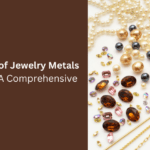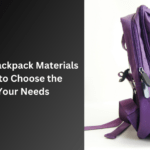Mistakes To Avoid When Buying Wholesale From China
This article will outline the typical errors importers commit when purchasing wholesale goods from China. We have compiled this list of mistakes based on our extensive experience with over 3,000+ clients. Interestingly, even experienced individuals often make these same mistakes. We will present the mistakes systematically, following the step-by-step process of buying wholesale from China.
Mistakes when choosing products:
1. Fad products
Timing is crucial when it comes to capitalizing on the latest product trends. A prime example is the fidget spinner, which proved immensely profitable for many clients between 2016 and 2017. However, as time passed, the popularity of fidget spinners dwindled, leaving these clients perplexed. Now, they face the challenge of determining which new products to sell.
Moreover, if your products are seasonal, sell them promptly during the appropriate season. If not, it results in the need to reduce prices to stimulate sales and avoid long-term storage costs. Unfortunately, there’s a chance that they will not sell in time.
Therefore, we discourage engaging in speculative behavior for establishing a sustainable business. The timing of capitalizing on product fads is critical, as being too early or too late can have a substantial impact. However, for most individuals, identifying the perfect timing can be challenging. Consequently, focus on products with the potential for long-term success.
2. Low-value items
The allure of low-value products may be solid due to their perceived low purchasing cost. However, such products often have intense competition, limited added value, and slim profit margins.
With low-value products, there is limited potential for increasing their value. Even if you package a cheap bottle opener in lovely packaging, its selling price is unlikely to rise much.
Furthermore, low-value products manufactured in China may initially appear inexpensive, but the international shipping costs can change the dynamics. Despite being low-value items, the shipping fees remain high. There is little profit once you deduct the product and shipping costs from your sales.
One of our customers sold disposable food containers on Amazon. Initially, it seemed like a promising venture as the product price from China was only $0.80 per piece. However, there were already numerous sellers offering the same product on Amazon. As a result, many of the food containers remained unsold in his warehouse until now. Therefore, carefully assess the market saturation. It is wise to reconsider whether this business is suitable if there are numerous in the field.
3. High-demand products may not always be the best
When discussing products imported from China, market demand becomes a significant factor. Products with high consumption rates undoubtedly meet this criterion.
We had customers who expressed interest in A4 printing paper. However, upon starting to sell it, they discovered it was not as easy to market as anticipated.
Selling high-demand products involves engaging in a fiercely competitive landscape. Numerous players are vying for a market share, and the profit margins are transparent. Furthermore, many established players have been operating in this segment for a considerable period, with stable sales channels.
4. Bigger size equals more shipping costs
When it comes to bulky items like office tables, the shipping expenses can surpass the actual cost of the product. Additionally, one must consider the likelihood of the product getting damaged during transit. If you decide to sell the product on Amazon, there will be additional charges for storage and handling. The same applies if you intend to store it in your warehouse.
For someone new to the business, do not opt for products with less value but have higher shipping costs and occupy significant storage space.
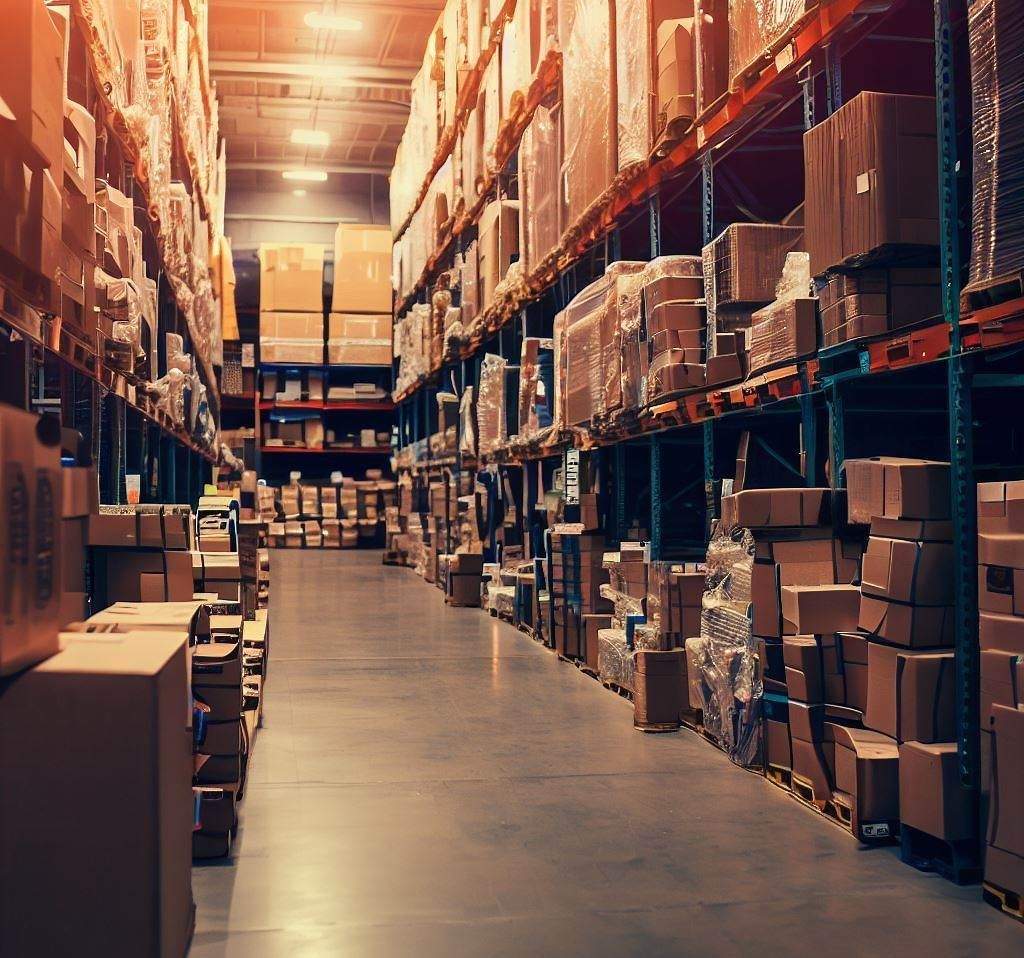
Mistakes when choosing suppliers
5. A factory is not a universal solution
Importers who deal with Chinese suppliers often prefer to purchase directly from factories. They believe factories can offer more favorable prices than trading companies, allowing them to achieve better profits. It is also not advisable to restrict oneself solely to factories, even when this perspective is not entirely incorrect.
When sourcing suppliers from Alibaba, it can be challenging to discern which ones are genuine, as most suppliers claim to be manufacturers. However, there is no need to overly concern yourself with distinguishing between factories and trading companies. Instead,
compare the products, prices, and services.
In our opinion, all reputable Chinese suppliers share common characteristics, including:
1. Striking the right balance between quality and price.
2. Having knowledgeable salespeople who possess expertise in their respective fields.
3. Demonstrating efficiency in communication.
4. Exhibiting responsibility, including their approach towards problem-solving and finding solutions.
6. Going with the supplier with the cheapest quotes
Importers often become excited by lower prices. The allure of the least price available in the market is undeniable, and we do not dare to dissuade you from considering it. However, be aware that the lowest price sometimes comes with more problems.
Have you ever encountered such situations? Some suppliers entice you with enticingly low prices, but once you pay the deposit, they suddenly raise the prices using various excuses.
Dealing with such suppliers can waste valuable time and energy in arguments. If you refuse to pay the additional amount, they may compromise the quality of the product to match the lower price. Ultimately, you end up spending more money and effort than necessary.
We suggest avoiding taking unnecessary risks. It is rare for high-quality products at the lowest prices in the business. Instead, consider a reasonable price as your backup plan, enabling you to act if you encounter any unexpected issues.
7. Only going for Alibaba and ignoring other channels
When purchasing products from China, Alibaba is often the first platform that comes to mind. It is the largest wholesale site, offering numerous suppliers and products. However, Alibaba is not the sole procurement channel available. There are many Chinese wholesale websites where you can find reliable suppliers and competitive prices.
You may find the same suppliers on Alibaba, Made in China, and Global Sources in many cases. Chinese suppliers often establish stores on all three platforms to attract a large customer base. The prices and minimum order quantities (MOQs) on these platforms are generally similar for a specific item of the same material. While they all offer a vast selection of suppliers and products, each has its focus. For example, Made in China is more specialized in machinery and equipment.
If you are starting your business and wish to explore new products, you may not need to purchase large quantities for your initial trial. Consider searching for suppliers on platforms like DHgate or AliExpress, which offer smaller MOQs in such situations.
Another popular solution is to hire a Chinese sourcing company, such as Ignite Supply Chain Sourcing. This is especially beneficial for first-time buyers with limited importation experience, purchasers with customization requirements but low MOQs, or importers sourcing products across multiple categories. Sourcing companies provide many services, including supplier selection, sample making, mass production, quality inspection, and cargo transportation. They can efficiently manage the entire process, ensuring a smoother experience.
8. Not trusting Chinese suppliers
Some importers think that sourcing agents are scams and charge exorbitant service fees. However, this is a common misconception. While it is true that there are unreliable agents in the market, the key lies in finding trustworthy ones.
Reliable sourcing agents are committed to establishing long-term cooperative relationships with their clients to foster mutual growth in their businesses. They genuinely work in your best interest, assisting you with your importation needs and charging reasonable service fees.
As the leading sourcing agent in China, we have been operating for six years. We have successfully assisted over 3,000 clients in importing from China, and many of them have become loyal, repeat customers. You can confidently reach out to us for assistance.
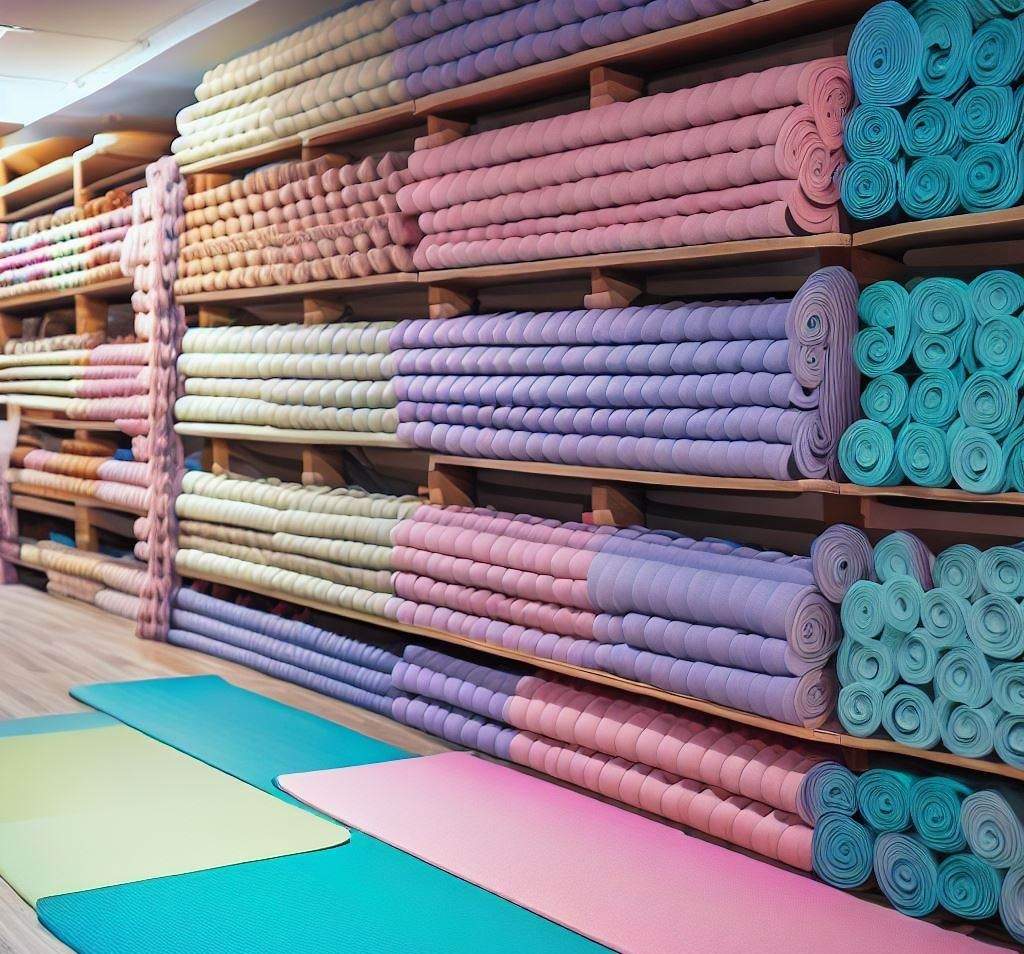
Alibaba buying mistakes
9. Too much confidence in verified suppliers of Alibaba
Some tutorials, online guides, or self-proclaimed experienced importers may advise you to choose a “verified supplier” when sourcing products on Alibaba. They often equate “verified” with being excellent and assume that such suppliers would be reliable.
However, understand that being a Verified Supplier on Alibaba only means that the supplier has paid for an Alibaba membership and has undergone an independent third-party inspection, such as by SGS. This verification process is open to anyone, including trading companies with a small staff. Therefore, becoming a verified supplier is not as challenging as it may seem. It does not guarantee 100% reliability.
When evaluating suppliers, it is crucial to consider the following aspects:
1. Carefully examine the samples provided by the supplier.
2. Ensure that the supplier does not evade responsibilities when problems arise.
3. Emphasize timely and effective communication with the supplier.
These factors are vital for making informed decisions when selecting suppliers, regardless of their verification status on Alibaba.
10. Too much trust in trade assurance
Many importers mistakenly view Alibaba Trade Assurance as a third-party e-payment system similar to PayPal. They believe they can request a refund if dissatisfied with the imported goods. However, we will reveal the truth to you today.
Obtaining a refund from Alibaba suppliers is not as easy as it may seem. Trade Assurance does not provide the same buyer protection as PayPal does. We must remember that we are dealing with significant sums of money, often thousands of dollars, when ordering through Alibaba.
If you wish to request a refund based on quality issues, you will typically need to provide three substantial pieces of evidence:
1. Sales contract
2. Inspection report
3. Lab testing report
Sometimes defining the exact nature of the quality problem is challenging, leading to prolonged disputes between customers and suppliers that can last for weeks or even months. It means you must invest money and time into the refund process. In doing so, you may miss the optimal window for selling the products, rendering all your previous efforts on that order wasted.
We are not suggesting that Trade Assurance is entirely ineffective for buyers. However, like the concept of a “verified supplier,” Trade Assurance does not guarantee 100% safety. Buyers should carefully consider various factors, including the supplier’s professional experience, communication efficiency, approach to addressing problems, product quality, and price.
Mistakes When Searching and Visiting Suppliers in China
11. Lack of research when visiting China
There are many misconceptions among foreigners about China. When they mention China, their minds often gravitate toward Shanghai. Shanghai hosts various exhibitions, such as the China Beauty Expo and the Shanghai International Cosmetics Packaging and Raw Materials Exhibition.
While there are some local wholesale markets in Shanghai, they primarily cater to the local population. Foreigners will encounter significantly higher prices when sourcing products from these markets.
We frequently get calls from strangers who have obtained our contact information through our company’s website. They express their frustration, saying, “I am currently in Shanghai, but I haven’t been able to find what I’m looking for. Can I visit you for some guidance?”
We genuinely empathize with the sense of helplessness these unprepared individuals experience.
Let us share one experience with a customer named Jannie last year. She had traveled to Shanghai to find a supplier for cosmetic packaging. However, she discovered that Shanghai was not the ideal location for her search. If she had taken the time to research Google beforehand, she would have learned that the suppliers she sought were more concentrated in Guangzhou or Yiwu rather than Shanghai.

12. Not sourcing at the proper place
China boasts numerous industrial clusters, including Guangzhou, Shenzhen, Foshan, and Zhongshan in Guangdong Province, Yiwu, Zhuji, and Ningbo in Zhejiang Province, Kunshan and Wuxi in Jiangsu Province, and Fuzhou and Quanzhou in Fujian province.
During one encounter in Yiwu, we encountered an individual who intended to import a crystal chandelier to the USA. However, he faced difficulty finding crystal chandeliers in the Yiwu wholesale market. He expressed his frustration, emphasizing the scarcity of crystal chandeliers in Yiwu.
We explained to him that each industrial cluster has its specialization. The primary production hub for chandeliers is Zhongshan, not Yiwu. Therefore, Yiwu is not the ideal place to find a wide selection of competitively priced chandeliers compared to Zhongshan.
13. Lack of knowledge about the Canton Fair
When it comes to participating in exhibitions in China, many foreigners immediately think of the Canton Fair because it is renowned as an exhibition featuring a wide range of products. However, it’s important to note that suppliers at the Canton Fair often have higher MOQ requirements, or if they offer lower MOQ, the unit price may not be competitive. Additionally, a significant portion of the suppliers at the Canton Fair are large trading companies.
If you are focusing on cultivating and sourcing 1 to 2 products within a specific niche, the Canton Fair can be a perfect fit for you. However, the Canton Fair may not be suitable if you want to purchase many different items in smaller quantities.
Consider this scenario: you operate a small supermarket chain in your country and require various consumer goods. It means you must communicate and negotiate with dozens, or even more, Chinese suppliers to fulfill your diverse product needs. Managing such a complex sourcing process can be significantly more challenging than simply buying 1-2 products, and it may quickly become overwhelming.
In such cases, opting for a sourcing or trading company is better.
Mistakes before mass production
14. Believing the bulk products will be better than samples
When faced with a situation where the sample provided by the supplier doesn’t meet your requirements, it is crucial to be cautious. Despite the supplier’s promise that the mass-produced product will meet your expectations, using the excuse that the sample has a minor issue is a common tactic. Unfortunately, even experienced importers sometimes fall for these unreliable assurances.
Be vigilant if you find yourself in such a situation. A supplier who demonstrates irresponsibility and unreliability should raise red flags. Here are two potential solutions for you to consider:
A. If there is a problem with the sample, insist on requesting another prototype until it precisely matches your desired specifications. If the supplier refuses to accommodate your request and only assures you that the mass production will be flawless, it is advisable to seek a new supplier. Remember, a reliable supplier will demonstrate a commitment to working closely with you throughout the process.
B. Engage the services of a quality control (QC) team or a third-party inspection agency based in China. These professionals can conduct inspections during the production process. If the goods fail to meet your quality standards, they can reject the defective products and demand that the factory rectify the issues. You can reduce the risk of receiving substandard goods with this approach.
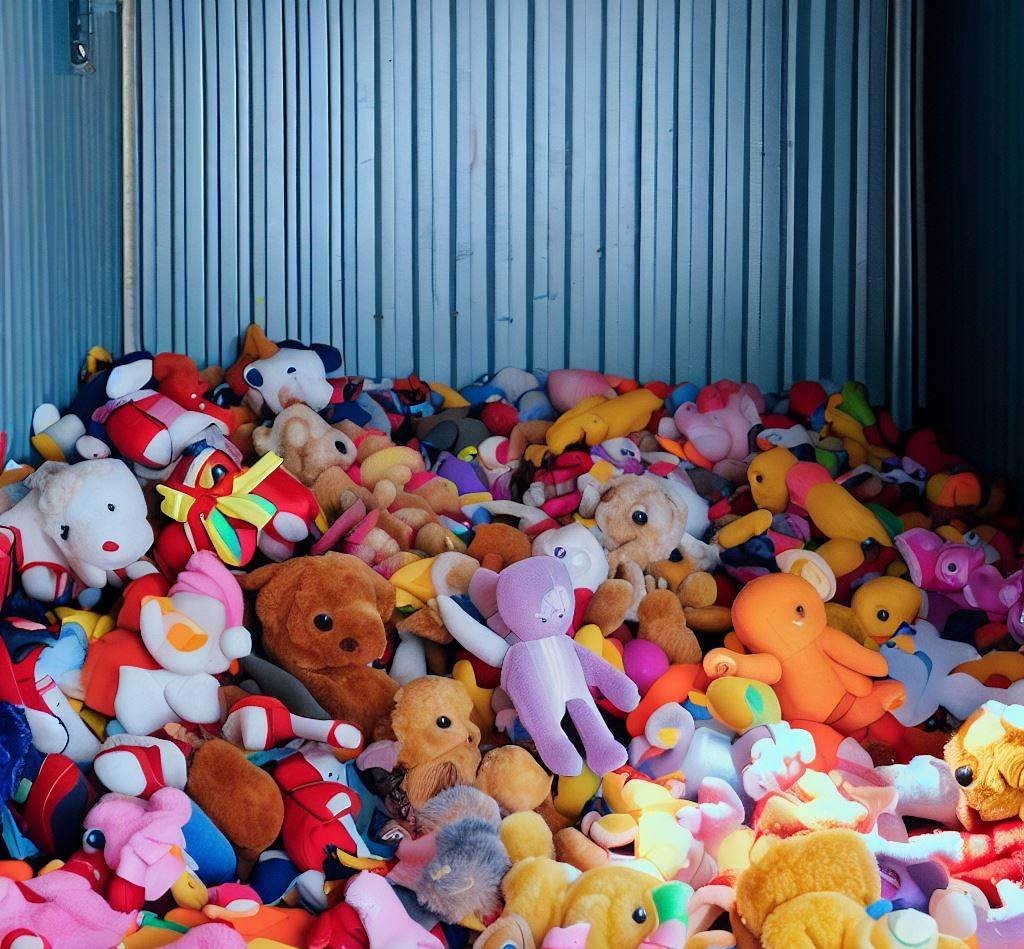
15. Trusting the suppliers for Details of Your Product Certificates/Patents
Many importers often assume suppliers possess comprehensive knowledge about product certification and patents. However, the reality is that many Chinese suppliers have a limited understanding of these aspects, as certificates and test reports only require for product sales in the importer’s local market and customs clearance.
To illustrate this, we had a customer who initially sourced from Alibaba and was perplexed by the disparity between the certificate from our factory and the one obtained from his Alibaba supplier. Upon investigation, we discovered that our certificate was intended for the USA market, whereas the supplier on Alibaba provided a certificate for Europe.
Furthermore, some unscrupulous suppliers may offer counterfeit certificates created using software like Photoshop or provide invalid ones. To navigate this challenge, here are two reliable methods for obtaining accurate information about the required documents:
1. Consult with your local forwarders with expertise in customs clearance to inquire about the necessary product permissions.
2. Seek guidance from relevant institutions in your country specializing in certificates related to product sales.
It is unwise to rely only on a supplier’s claims for product patents. Verify the patent’s authenticity by visiting the patent office’s website. It becomes particularly critical if you intend to sell the product online, such as on platforms like Amazon, as selling a product that infringes upon a patent can lead to legal complications.
16. Not specifying products requirements in writing
When you have finalized your supplier and begun the communication process regarding product details, exchange messages on platforms like WhatsApp or WeChat, the conversations often become lengthy and unclear due to a mixture of inquiries, responses from suppliers, explanations, and subsequent clarifications.
17. Failure to provide specific product requirements in writing
While you may believe that you have effectively conveyed all the necessary information, there is a possibility that your supplier only receives about 80% of the details. During communication, certain information may be missed or misunderstood. To mitigate this risk, compile all the relevant data into a written document and resend it to your supplier via email.
Communication Mistakes
18. Choosing only email
Using email for business transactions with Europeans and Americans is generally considered crucial. It is for sending information, such as product requirements, via email as it provides a more formal communication channel and serves as evidence in case of disputes.
However, Chinese suppliers may not always respond to emails promptly, causing potential headaches, especially when urgent matters arise.
In such cases, instant messaging tools can be helpful. WhatsApp is widely popular worldwide and preferred by many of our American and European clients.
Moreover, when conducting business with Chinese suppliers, WeChat proves to be a valuable tool. It is the most commonly used communication platform in China for day-to-day interactions. Sending messages through WeChat can often yield immediate responses, unlike emails.
When following up on order status, checking samples, or when email communication is not clear enough, WeChat’s video and voice functions can provide visual and auditory updates on the progress of your goods, allowing you to convey messages more clearly.
It’s worth noting Skype is not the most popular local communication tool in China, and not all suppliers use it.
19. Not understanding the time zones
It is a common misconception among importers that Chinese suppliers provide 24-hour customer service, but this is untrue. Many Chinese salespeople do not check their emails after work hours. Therefore, be mindful of the time difference between China and your country.
It’s worth noting that most suppliers in China tend to work efficiently from 10 am to 4 pm. Even if they receive messages outside these hours, they often wait until the next day to respond. So if you have an urgent matter, it is best to contact them during their working hours.
For instance, if you are in the western part of the United States, reach out to them between 9 am and 12 pm in your local time zone. However, if you are awake earlier, you can contact them in the early morning.
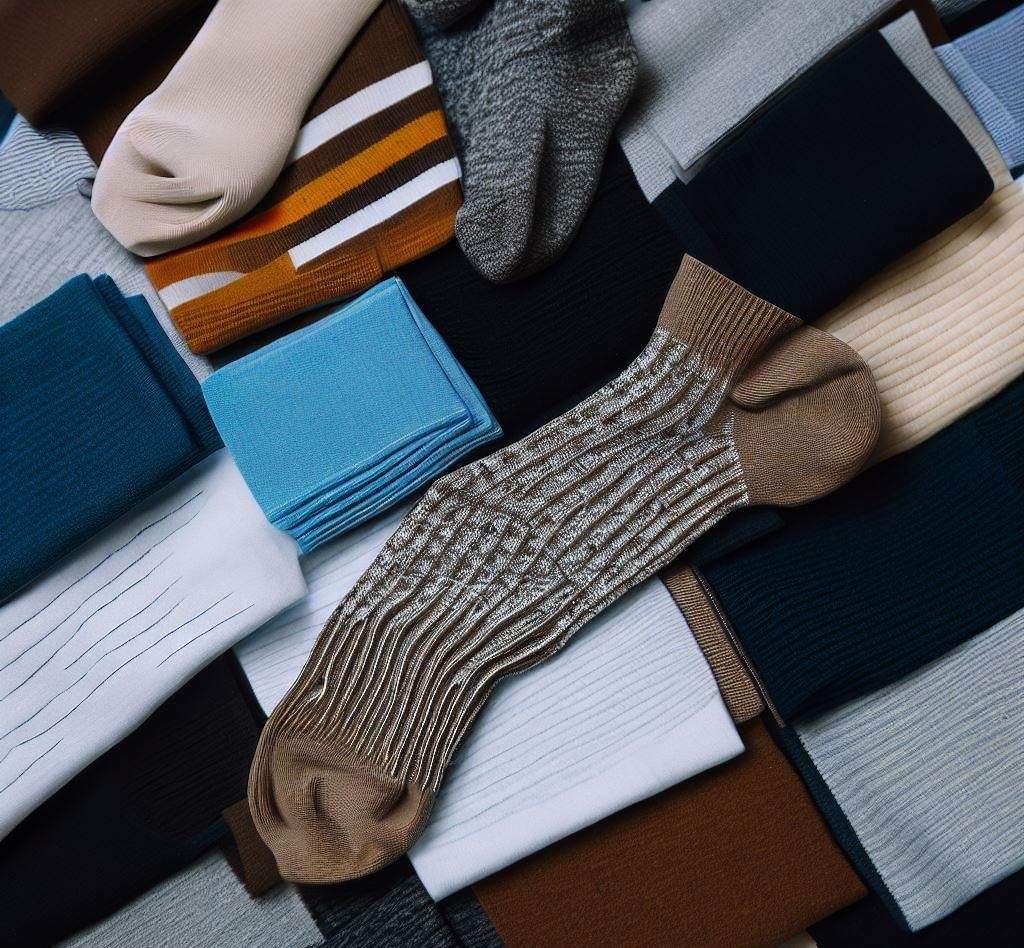
Payment mistakes
20. Not checking the holiday in China
It typically takes one business day for payments from the US to China. The process is slower, usually taking 3-5 days for Europe. As in the delivery terms, production can start once the deposit is received and product details are confirmed.
We emphasize avoiding payments during Chinese holidays, such as China Labor Day. During these holidays, the time for Chinese suppliers to receive payments may be extended by 1-3 days, resulting in a delay in production.
Therefore, when the Chinese holidays are approaching, ensure that your Chinese supplier receives the payment before to ensure smooth processing and avoid unnecessary delays.
| Festival | Time Period | Days |
| New Year | January | 3 |
| Chinese New Year | February | 7 |
| Tomb-Sweeping Day | April | 3 |
| Labour Day | May | 4 |
| Dragon Boat Festival | June | 3 |
| Mid-Autumn Festival | September | 3 |
| National Day | October | 7 |
21. Being unfamiliar with handling fees and processing time
When making payments, the most commonly used method is through bank transfers, also known as T/T (Telegraphic Transfer). However, it’s important to note that this may not be a cost-saving option for all payment amounts. For instance, when transferring $100-200, around $30-40 may be deducted as bank charges.
To assist you in making informed decisions based on the payment amounts, we have compiled a table detailing four popular payment methods in China, specifically suitable for small and medium-sized payments. This information will help you quickly determine the most suitable payment method:
| Payment Method | Handling Charge | Applicable Amount | Time of Arrival |
| Paypal | 3.4%-4.4% + fixed fee | ≤ $500 | Instant |
| Money Gram | Check your Estimated transfer fees here | $500 – $3000 | One business day for most; instant if use Fastsend |
| up to $10,000 (send online) | |||
| Western Union | Check your Estimated transfer fees here | $500 – $3000 | A few minutes or up to 2 business days |
| depending on the receiving country, service, and amount | |||
| Wire Transfer (T/T) | $35 – $50 | ≥ $3000 | 1-5 days |
22. Not understanding payment terms
In general, many importers pay their suppliers 30% upfront and the remaining 70% before the goods are shipped. This arrangement is often non-negotiable for smaller orders. However, if you have an established working relationship with the supplier or your order volume is substantial, there may be room for negotiation.
In such cases, you can explore the possibility of paying the remaining 70% when the goods arrive rather than before shipment. This arrangement can help alleviate the financial strain for importers who are tight on cash.
To illustrate, let’s consider the shipping duration from China to different destinations. It typically takes around 30 days to ship goods from China to the west coast of the USA and even longer to the east coast of the US or Europe.
You will have an additional 30-40 days to utilize that money before transferring it to your supplier if you can pay the remaining 70% upon the arrival of the goods at the destination port.
Therefore, even if you have a small order but have an existing rapport with the supplier, it’s worth attempting to negotiate for more favorable payment terms.
23. Lack of knowledge about various trade terms
When negotiating with your supplier, it is crucial to understand that the quotation you receive encompasses more than just the product price. Additional costs, such as shipping expenses, may also be included. Different trade terms involve different types of costs, and here are a few examples:
- EXW Quote: This quote includes only the original price of the product.
- FOB Quote: Additionally to the original product cost, it covers the shipping cost from the supplier’s warehouse to the agreed port in China, along with the exporting process fee.
- CIF Quote: Apart from the original product cost, it incorporates the shipping cost from the supplier’s warehouse to the port in your country, the exporting process fee, and insurance charges.
You can rest assured the supplier will handle it after paying the associated fees covered in the quotation after you have paid the supplier based on the negotiated quote. As an importer, it is essential to have a clear understanding of each trade term to ensure you receive an accurate quote.

24. Molding costs are extra for new product development
Furthermore, suppose you have plans to develop a new product that involves mold opening, and you assume it will be a straightforward process. However, when you come across the molding cost, you might be taken aback by its high price.
Let’s take plastic injection molding as an example. The cost will not be excessively high if the factory already possesses an existing mold. However, if the factory needs to create a new mold specifically for your product, the expenses can skyrocket, easily exceeding $10,000. Moreover, the complexity of the structure directly influences the cost, meaning that more intricate designs will result in higher expenses whether you can afford the cost of mold opening before the new product development.
25. Not understanding import duties & taxes
Another intricate yet often disregarded cost is import duty. Each country has its own set of charging standards. For instance, when importing from China to the USA, the US customs will impose customs duty, MPF (merchandise processing fee), and HMF (harbor maintenance fee). On the other hand, it will subject you to customs duty and value-added tax (VAT) when importing from China to the UK or other European countries.
The duty rates vary depending on the specific product and the country. The policies established between the countries involved affect the tariffs. For instance, due to the trade war between the US and China, the US has imposed an additional 25% duty on certain products imported from China. Consequently, if you import such products, the overall tariff rates may exceed 30%, resulting in substantial duty costs.
Hence, it is advisable to engage the services of a local customs broker or freight forwarder when selecting a product. They can assist you in estimating the applicable tariff. It is crucial to avoid waiting until the payment is due to discover the unexpectedly high import duties, as this would be too late.
Shipping mistakes
26. Always choosing sea freight
Sea shipping has long been the most economical option for cost-saving strategies in the import business. However, this notion may not always hold.
If your goods are in full containers, such as the commonly used 20′ and 40′ standard containers, the shipping charges will be on the number of containers. While weight can influence the pricing to some extent, the primary determinant is the shipment size.
On the other hand, if your goods don’t fill an entire container, the price is typically calculated based on the cubic meter volume. For larger and heavier shipments, sea shipping is much more cost-effective. However, as the shipment size decreases, the price difference between sea and air shipments diminishes, and in some cases, air shipment can even be cheaper.
- Low-value cargo declaration
Understating the declared value is a form of tax fraud and is considered a criminal offense, particularly for importers in Europe and America. It is crucial to understand that relying on luck is not viable. Even though the likelihood of being inspected by customs may be uncertain, the consequences can be severe if the agencies catch you.

27. Shipping rush
Why does the availability of shipping space become scarce? The sea freight rates increase before Christmas and Chinese New Year.
It is a peak shopping season during Christmas, and many importers strive to accumulate sufficient inventory to meet the high demand. As for Chinese New Year, it is a time when various regions observe a vacation period lasting from one to two weeks. Consequently, freight prices tend to rise during this festive period.
It is advisable to minimize reliance on peak periods. These periods result in limited port capacity. It also leads to higher shipping costs and reduced efficiency. Planning for staggered shipments during holiday periods is a better approach. For instance, shipping goods 15 days earlier before Chinese New Year and two months in advance before Thanks giving and Christmas Day.
Conclusion
Navigating the complexities of the import business requires careful consideration of various factors, such as supplier communication, payment methods, shipping options, and compliance with customs regulations. IgniteSupplyChain understands these challenges and offers comprehensive solutions to your sourcing needs.
Whether you are a seasoned importer or just starting, IgniteSupplyChain can provide the expertise and support necessary to streamline your sourcing process. With a deep understanding of international trade and a vast network of reliable suppliers, Ignite Supply Chain can help you source high-quality products at competitive prices.
Don’t let the intricacies of global sourcing hinder your business growth. Take action today and connect with IgniteSupplyChain to experience a seamless and efficient sourcing experience.
For custom products manufacturing related queries please visit EverLighten.com
FAQs
Is it cheaper to buy wholesale in China?
Yes! Buying wholesale in China is often cheaper due to lower production costs and economies of scale.
How to find Chinese wholesale suppliers?
You can find Chinese wholesale suppliers through online marketplaces like Alibaba, Global Sources, and Made-in-China.com. Additionally, attending trade shows in China or using sourcing agents can help you find reliable suppliers.
Which online store is the cheapest in China?
There isn't a single online store that is always the cheapest in China, as prices can vary depending on the product and seller. However, popular online platforms in China include Taobao, Tmall, and JD.com., etc.
What is the cheapest way to get goods from China?
The cheapest way to get goods from China depends on various factors such as the size and weight of the goods, urgency, and location. Generally, shipping by sea is the most cost-effective for larger shipments, while you can send smaller packages via international postal services or courier companies.
Which shipping method is cheapest from China to the USA?
For larger shipments, shipping by sea (via ocean freight) is usually the cheapest option from China to the USA. However, international courier services like DHL, UPS, or FedEx may be more suitable for faster deliveries.
Who is China's largest wholesaler?
There are several large wholesalers in China, and the largest one can vary depending on the industry. However, Alibaba Group, which operates platforms like Alibaba.com and Taobao, is one of the largest in China.
How much is the sourcing fee in China?
Sourcing fees in China can vary depending on the complexity of the product and the services provided by the sourcing agent. Generally, sourcing fees can range from a percentage of the total order value (around 3-10%) to a fixed or hourly rate. Clarify the terms with the sourcing agent beforehand.
How to find genuine manufacturers in China?
To find genuine manufacturers in China, you can follow these steps:
● Research and identify potential manufacturers
● Verify the credibility and legitimacy of the manufacturers
● Communicate directly with the manufacturers
● Consider hiring a trusted third-party inspection company to ensure their authenticity and quality.


